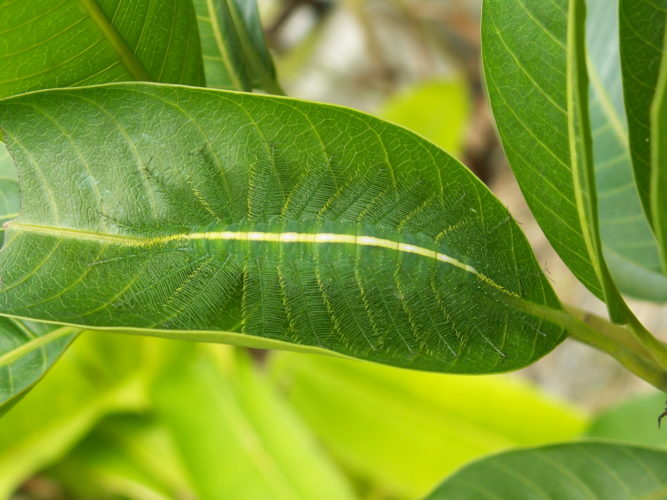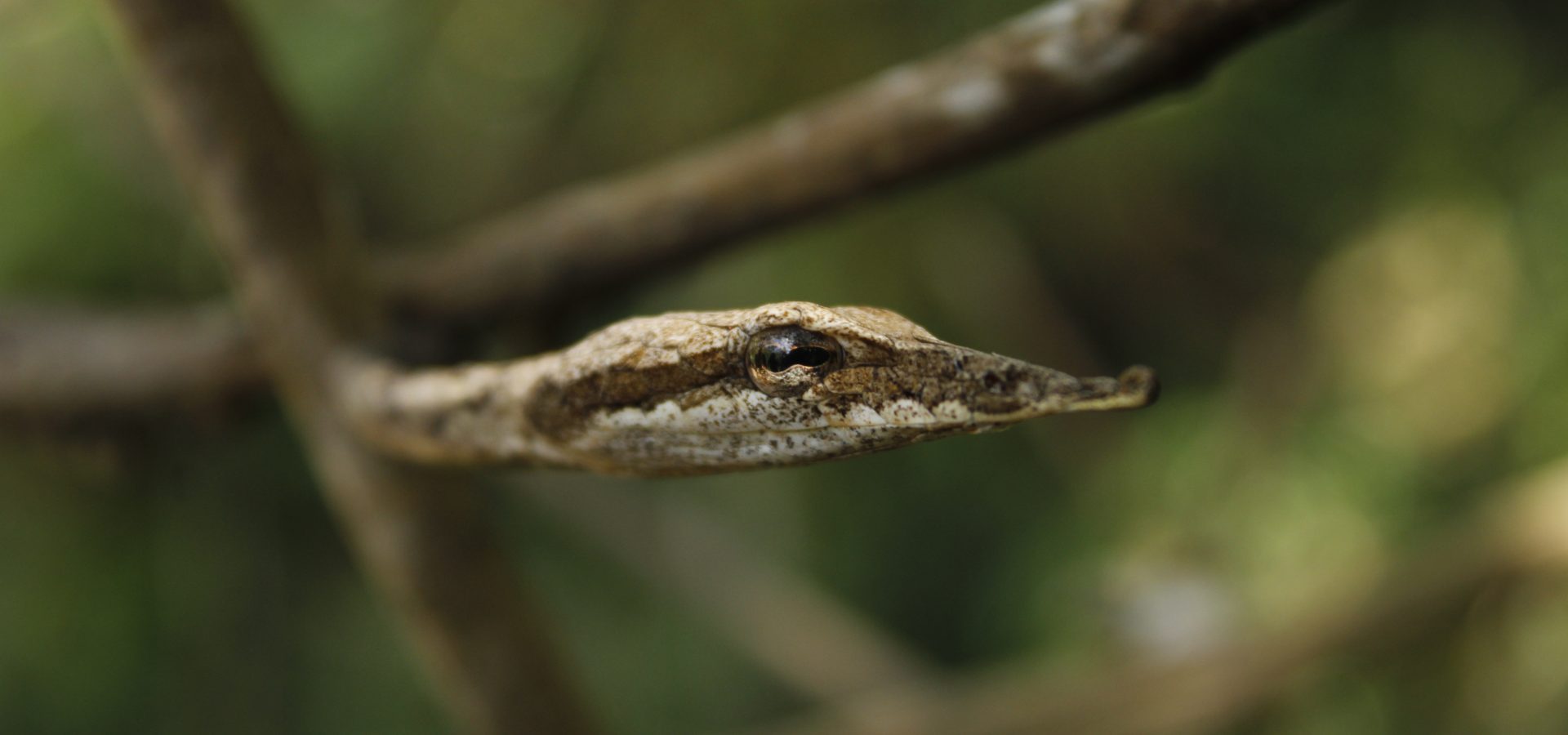Every child has played the game Hide and Seek growing up, the game is pretty simple, concealing yourself in a specific environment, only to be found by seekers. Several species of fauna and flora also use this method of deception, most often to escape predators or to predate themselves. These animals have evolved into masters of disguise overtime!
Natural predator–prey interactions is a subject that several ecologists are fond of. All wild animals are known to use a different kind of tactics in order to survive. Darwin’s theory of natural selection plays out in the most incredible way everyday all around us. A common form of camouflage animals use is their surroundings to blend in, to avoid detection from unexpected prey or predator. Other forms of camouflage could include using intimidating patterns on the animal which scare prey away or mimicking another animal to escape death, or even changing their skin color to outsmart predators. Using combinations of colour, pattern, morphology and behavior, animals have been able to sustain themselves skillfully.
Mimicry, although considered camouflage, can be different because it involves tricking a predator into completely overlooking preferred prey, by the means of developing an appearance to look like prey that the predator avoids. For example, a non-venomous Indian Wolf snake, mimicking a venomous Common Krait, a critical distinction for our rescue teams or a bite victim. The visual perception of the predator is put to test constantly.
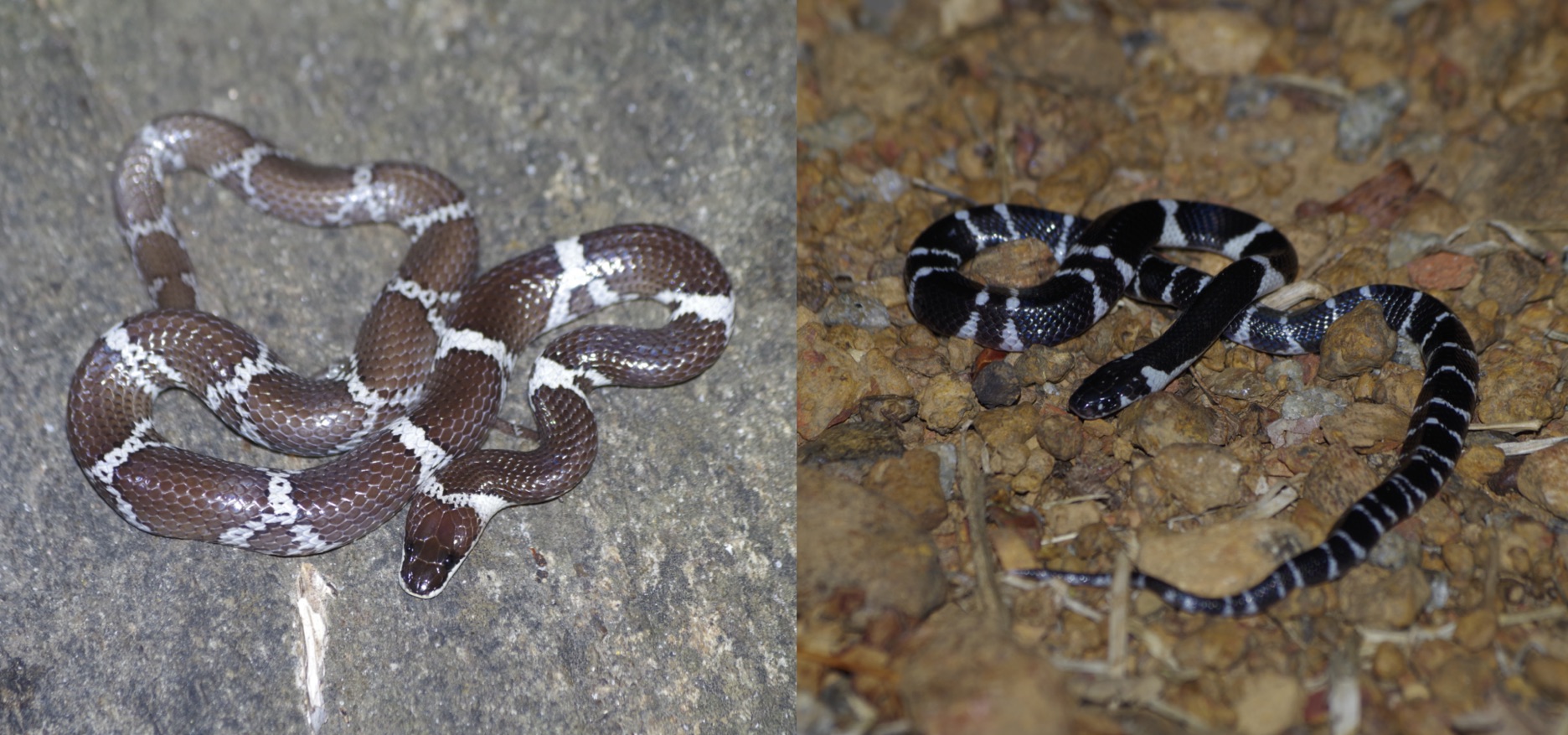
Mammals use the coloration of their fur; reptiles, fish and amphibians tend to use their scales; birds use their feathers, and most insects their exoskeleton. In recent times, research has also been trying to understand the visual processing capabilities of the observer, which is often overlooked.
Camouflage in terrestrial beings
Owl Moths: With patterns that resemble an owl’s eye on its wings, they can dupe predators into thinking they are staring at an owl’s face instead of the backside of a moth.
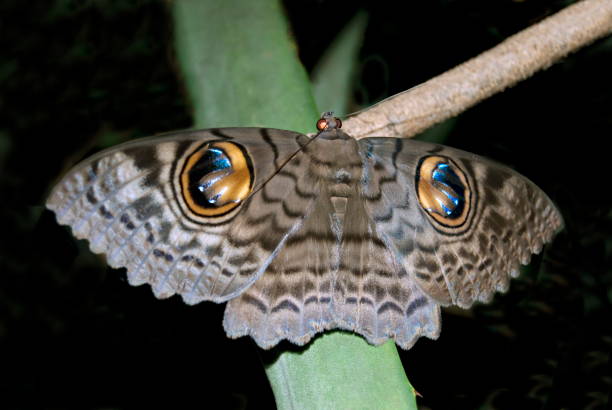
Tree Frogs: These arboreal species can be extremely challenging to find, some are also capable of changing color based on temperature. It is almost impossible to spot one on a tree stump or hidden on a leaf.
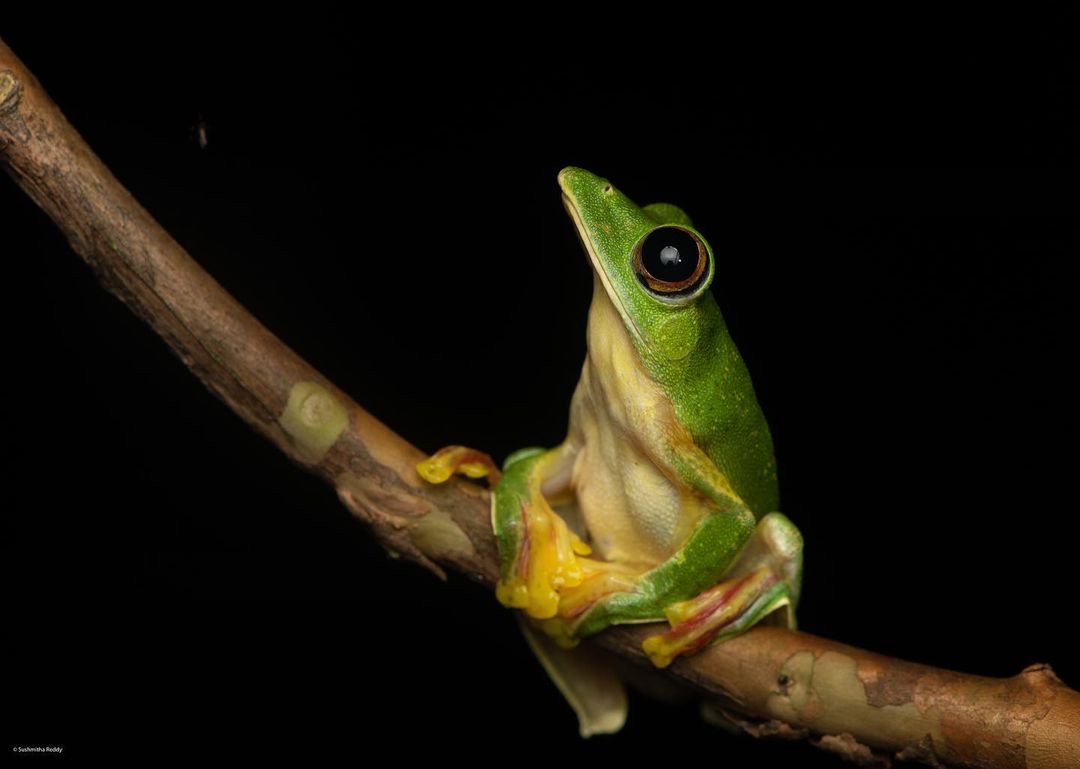
Saw scaled vipers: These high venomous snakes are known for their camouflage skills. They bury themselves entirely in the sand, only leaving their eyes above the surface. This form of predation is perfect for the arid regions they are found.
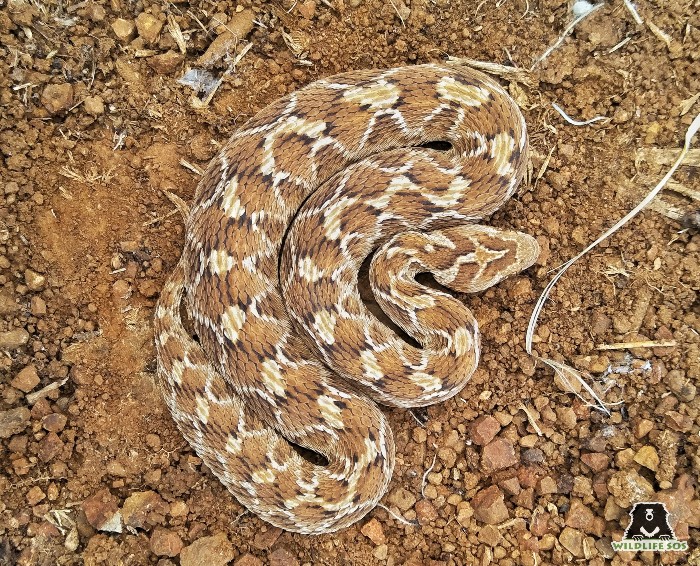
Stick Insects: Found in several tropical countries, you can find several species of these insects. As their name suggests, these animals resemble twigs and leaves they live amongst, almost impossible to sight.
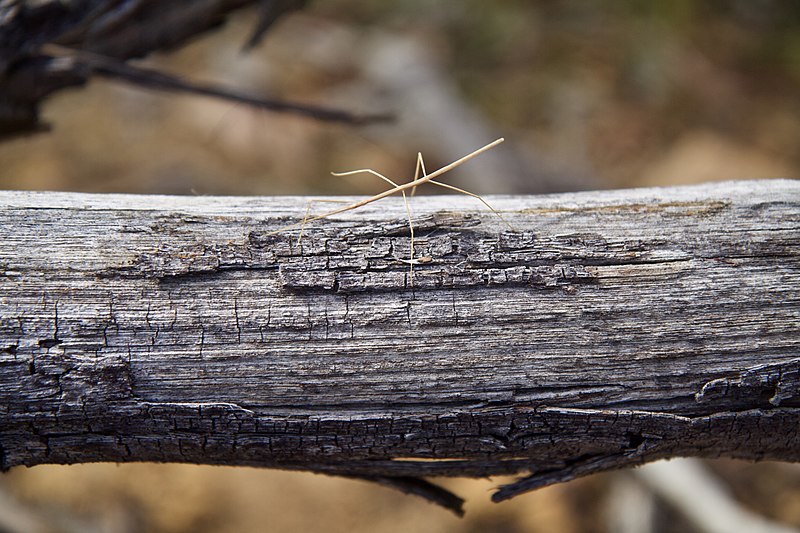
Vine Snakes: Due to their color, which is generally brown or green, they are very hard to spot amongst trees. They are also known to sway with the wind, just like a tree does, making them easily pass off for being a part of the tree itself.
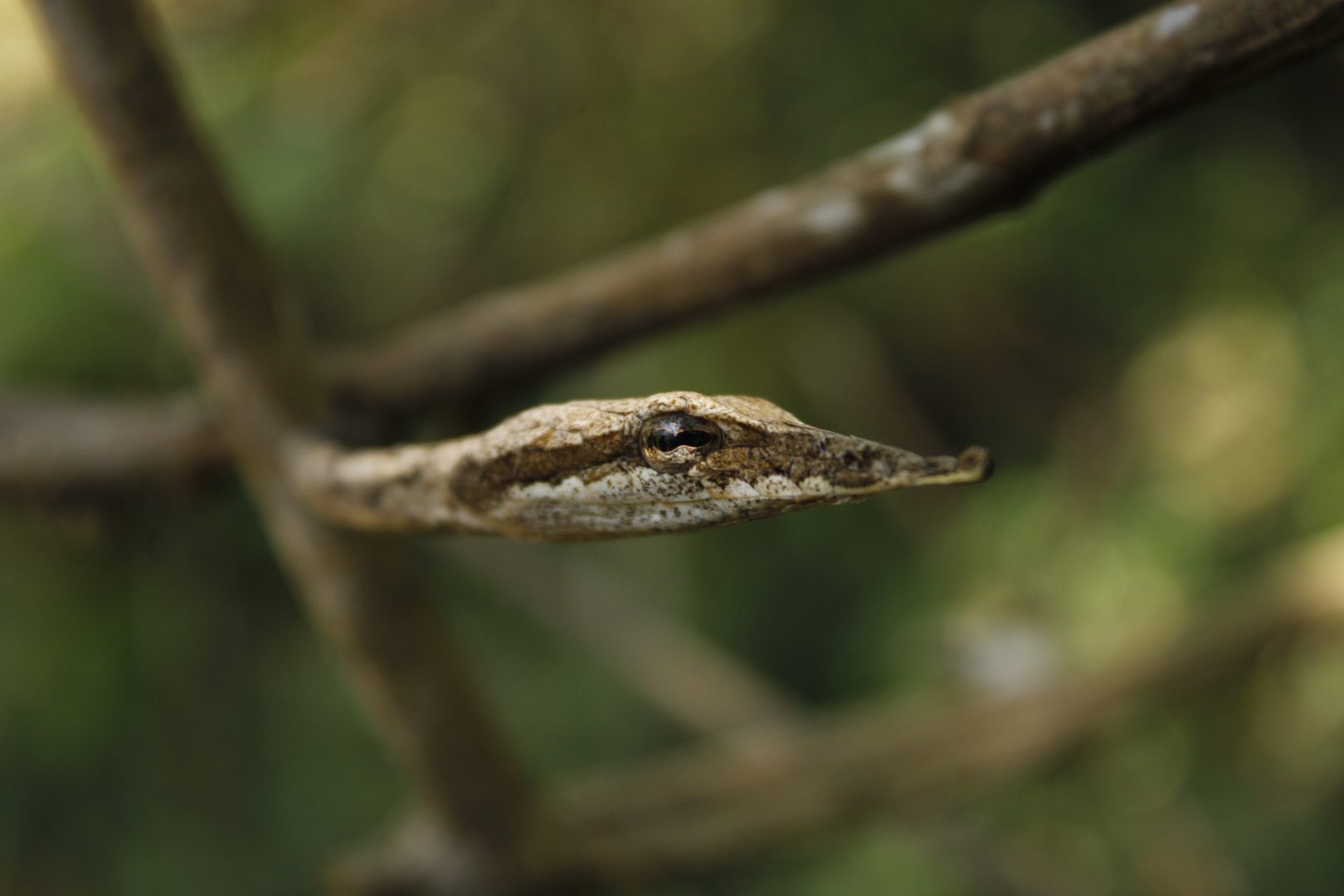
Camouflage in avian beings
Indian Scops Owl: Rarely spotted during daylight, their brown plumage makes it nearly impossible to spot them on tree barks, and through dense foliage. These owls have adapted well to human habitats.
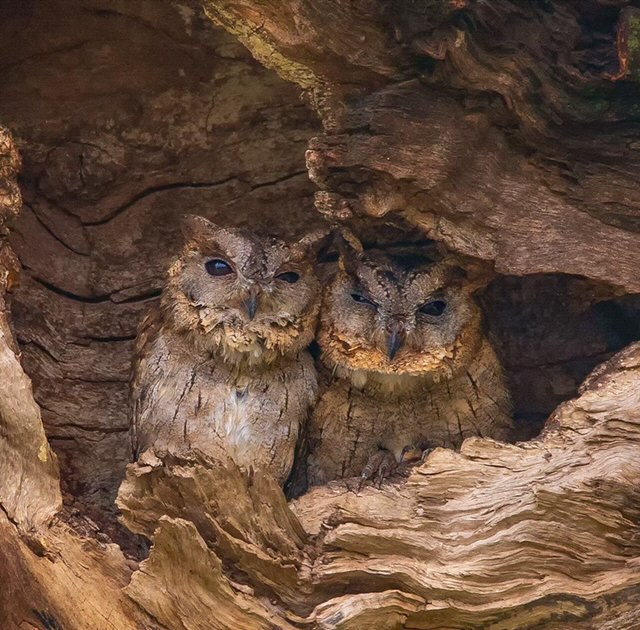
Nightjars: They are nocturnal birds mostly active during dawn and dusk. These birds prefer the jungle floors for most of their activities, from laying eggs to hunting for prey. Their biggest defense mechanism is their coloration, making them extremely hard to notice.
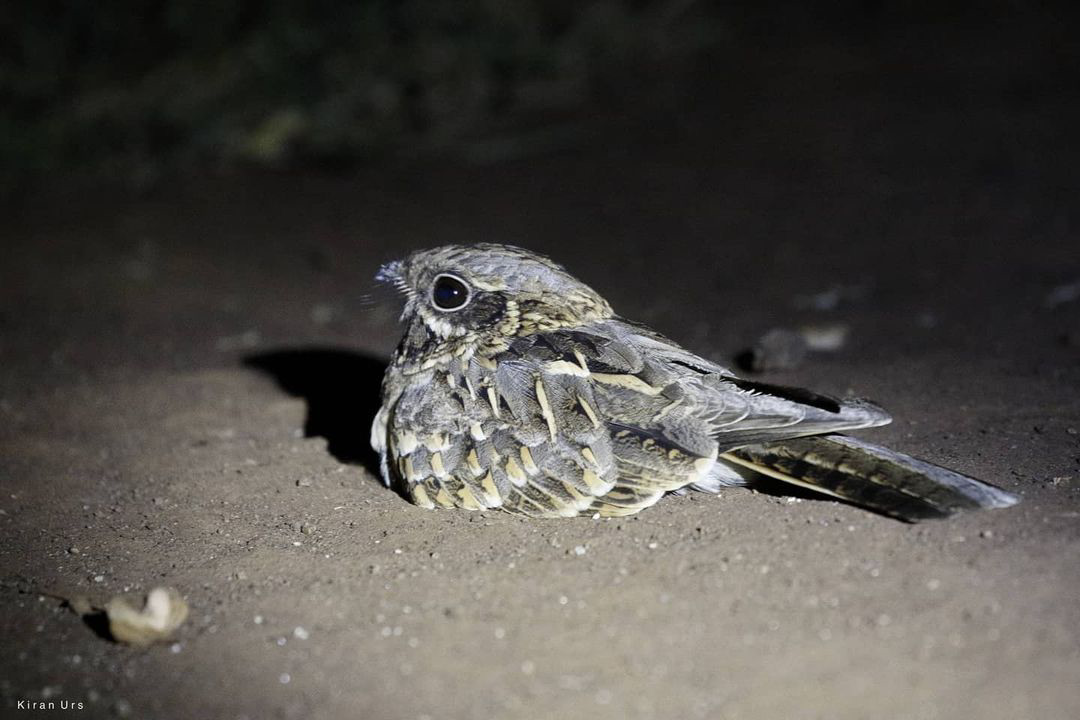
Camouflage underwater
With the underwater world still in a constant state of discovery, it is an ecosystem that has never failed to keep people in awe.
Box Jellyfish: Several species of box jellyfish, tend to be nearly invisible to the human eye. Their ability to match any background can help them hunt better, and keep them void of predators. Their stings tend to be extremely deadly, capable of stopping the heart in as little as 5 minutes.
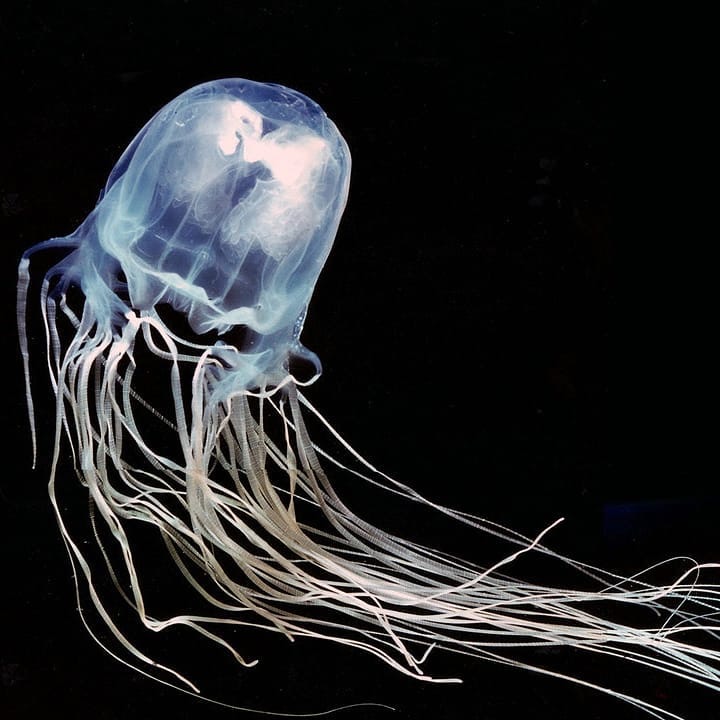
Octopus: Masters of disguise, Octopus are highly intelligent animals. They are not only capable of changing the colour of their skin, but also able to replicate their surroundings to match rocks and corals nearby.
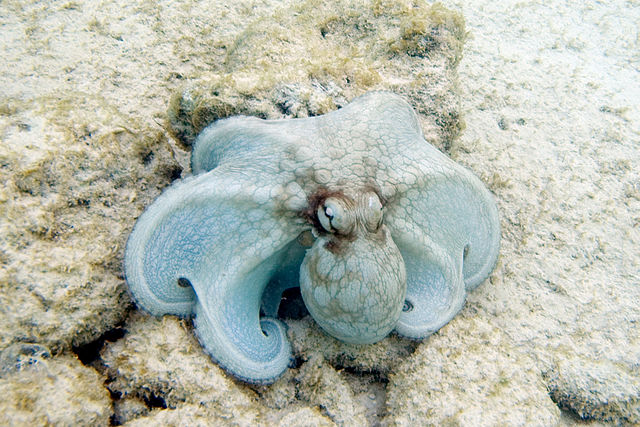
Mugger Crocodile: These animals are experts in stealth, covered in thick tough scales that are well hidden in murky water, they are opportunistic carnivores. Even while basking under the sun to regulate their temperature, since they are cold-blooded animals, spotting them against a backdrop of rocks and foliage can be challenging.
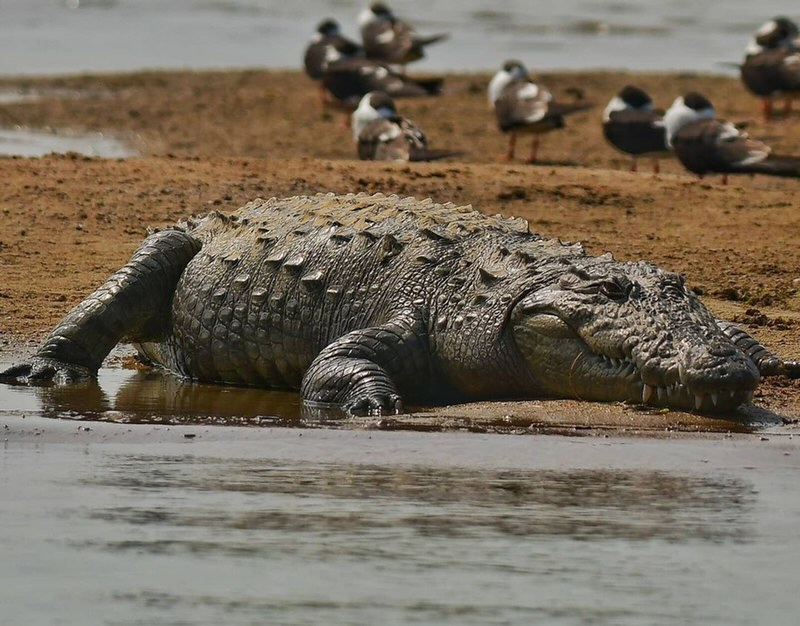
The list of animals that rely on camouflage can be an exhaustive one. The world of camouflage can be understood in several ways than what meets the eye. Predators have also been capable of overcoming the defenses of camouflage. Animal camouflage is now also being fused into the field of nano-engineering. As time goes on, and ongoing climate change, evolution will play a crucial role in helping animals adapt to new environments.
